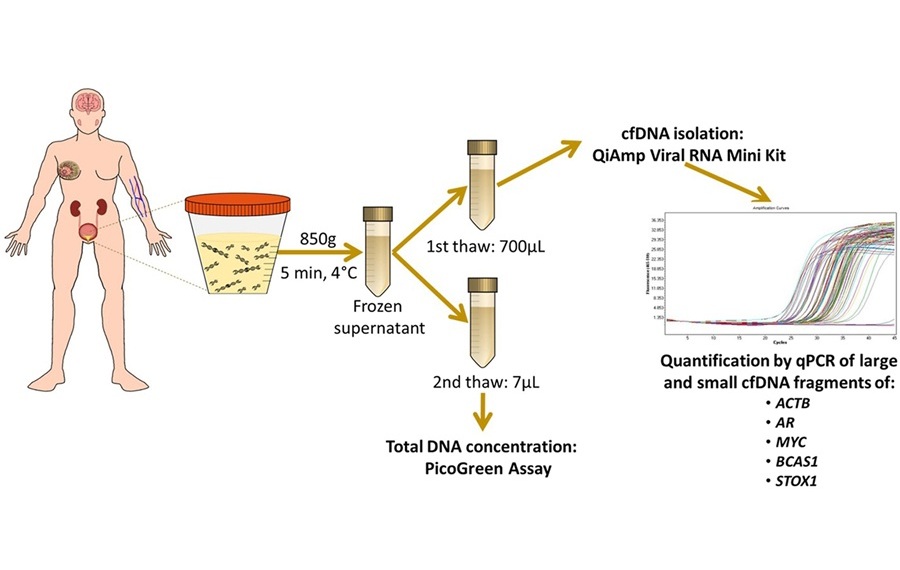T Cells in Blood Can Detect Parkinson's Years Before Diagnosis
Posted on 19 Jun 2025
Diagnosing Parkinson’s disease before the appearance of motor symptoms remains one of neurology’s most significant challenges. Patients can go years—even decades—without a diagnosis, as subtle early indicators are often overlooked. Now, scientists have identified a potential solution: tracking T cell reactivity may offer a way to detect Parkinson’s during its “prodromal” period, long before the hallmark symptoms emerge.
This discovery comes from researchers at La Jolla Institute for Immunology (LJI, La Jolla, CA, USA) who have explored the role of T cells—components of the immune system typically associated with autoimmune disorders—in the early stages of Parkinson’s disease. Earlier studies by the same group had already shown that many people with Parkinson’s have T cells that target proteins found on brain cells, including alpha-synuclein and PINK1. Their latest study, published in npj Parkinson’s Disease, extends these findings by mapping the timing of these immune responses. The LJI team used Fluorospot, a technique that measures how immune cells like T cells react to specific proteins, to study blood samples from people at high risk for Parkinson’s. These volunteers included individuals with genetic predispositions or early signs such as disturbed REM sleep and loss of smell. By analyzing T cell activity in these samples, researchers pinpointed when immune reactivity peaked.

Their results revealed that the highest T cell activity—particularly against PINK1—occurred before a formal Parkinson’s diagnosis, suggesting this immune response may serve as a valuable early biomarker. This indicates that T cells become reactive well before tremors or cognitive symptoms appear. However, while the study strengthens the link between immune activity and early Parkinson’s, researchers caution that it does not establish T cells as the direct cause of neuroinflammation in the disease. These findings offer a potential pathway for earlier diagnosis of Parkinson’s, a disease notoriously difficult to detect in its early stages. By monitoring T cell responses, clinicians may one day be able to intervene before neurological damage becomes irreversible. The LJI team is now exploring methods to reduce harmful inflammation and protect brain cells, while also investigating whether similar immune activity plays a role in other neurodegenerative disorders.
"Certainly, the fact that this T cell reactivity is highest when patients are closest to a diagnosis is intriguing," said LJI Professor Alessandro Sette. "The finding suggests T cells could have something to do with it. We are very interested in diseases such as Alzheimer's, for example, where a lot of progress has been made toward identifying people in very early stages of the disease progression."














